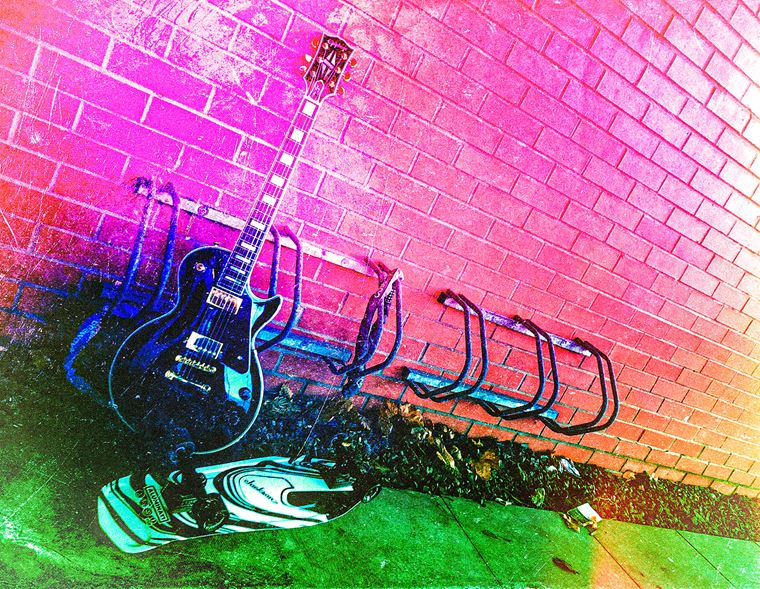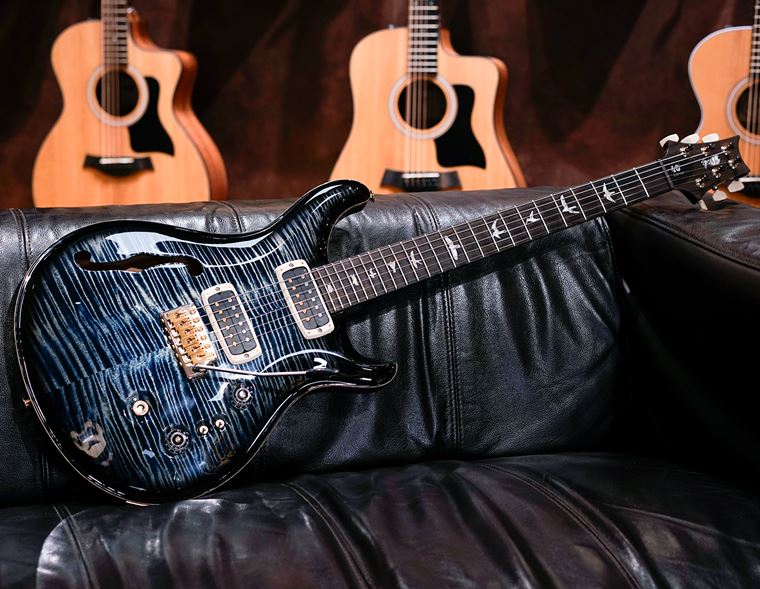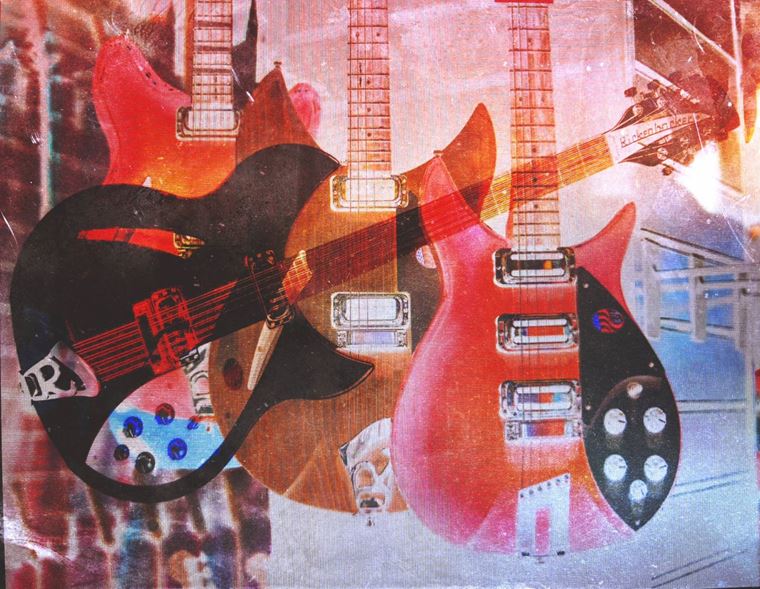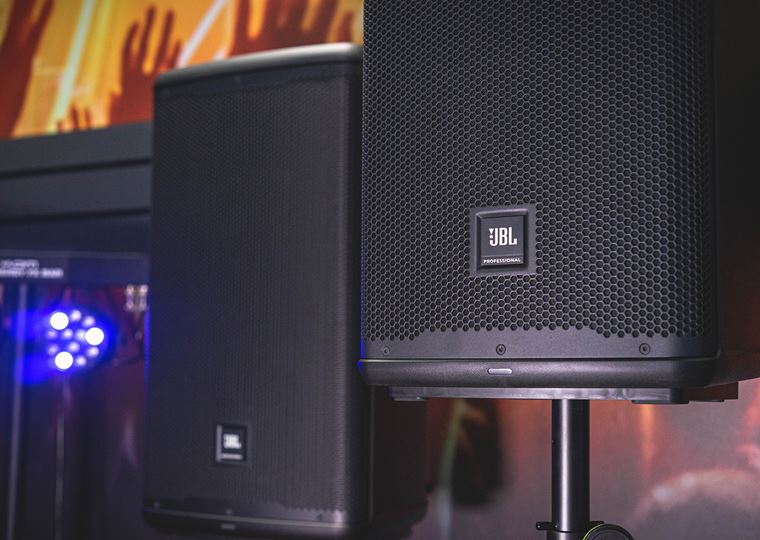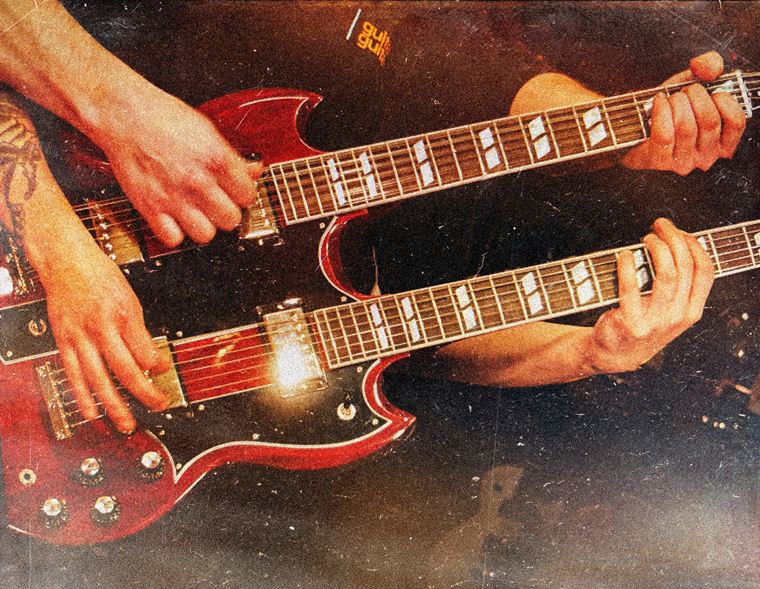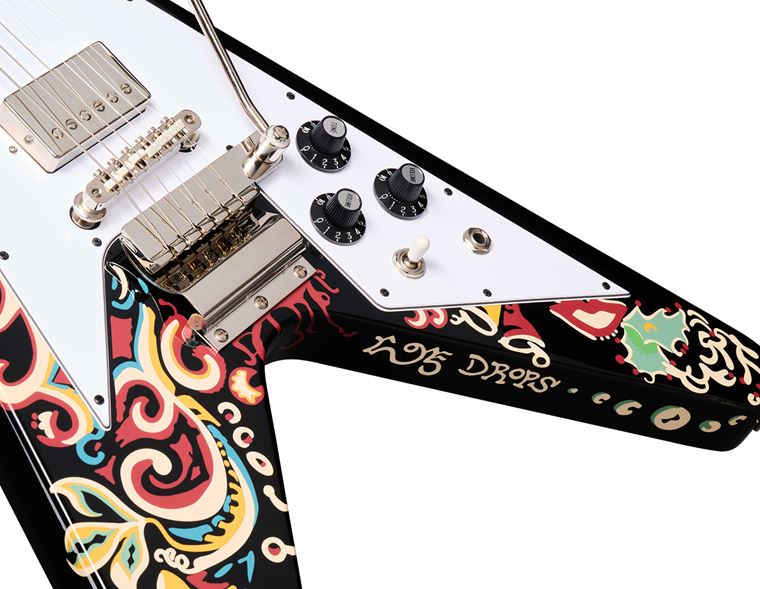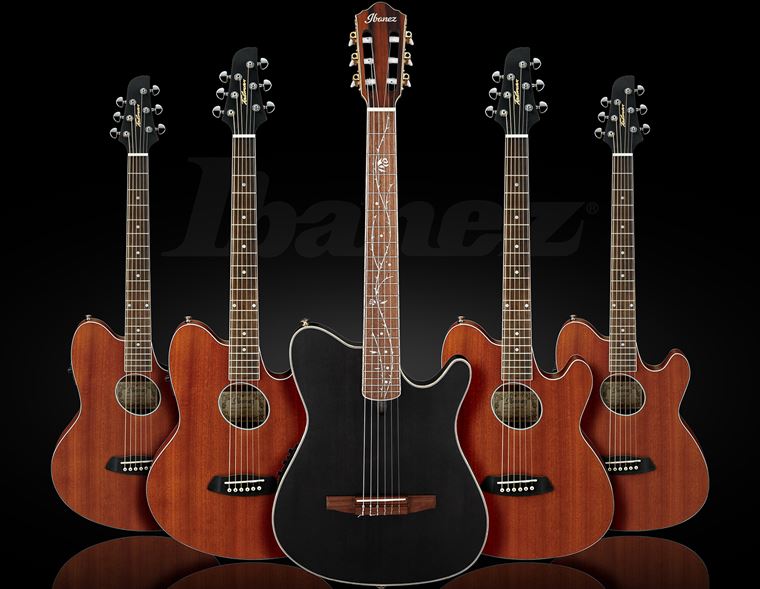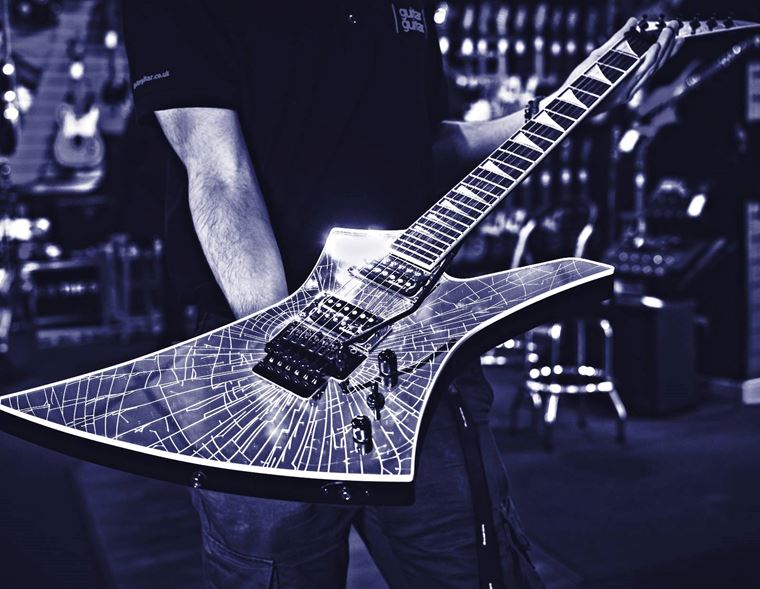Gain For Days: The guitarguitar Guide to Overdrive and Distortion
Published on 16 February 2021
Gain. Drive. Distortion. Dirt. Fuzz. Overdrive.
As guitarists, these things are inordinately important to us.
As guitarists, overdrive, in its various permutations, is the most significant part about our tone. It’s a very personal thing, and it’s tied into the whole idea of our sound. Because of this, there are literally thousands of different overdrives, distortions and fuzz pedals on the market. New pedals show up every single month. They have cool names and eye-catching graphics, but can there really be thousands of different types of distortion out there, that all sound different?
Not really, no.
In fact, there are only a small number of ways in which such a circuit can be made, though there are many ways to vary those circuits. In fact, we think it really comes down to 6 specific types of overdrive, when you get down to it...
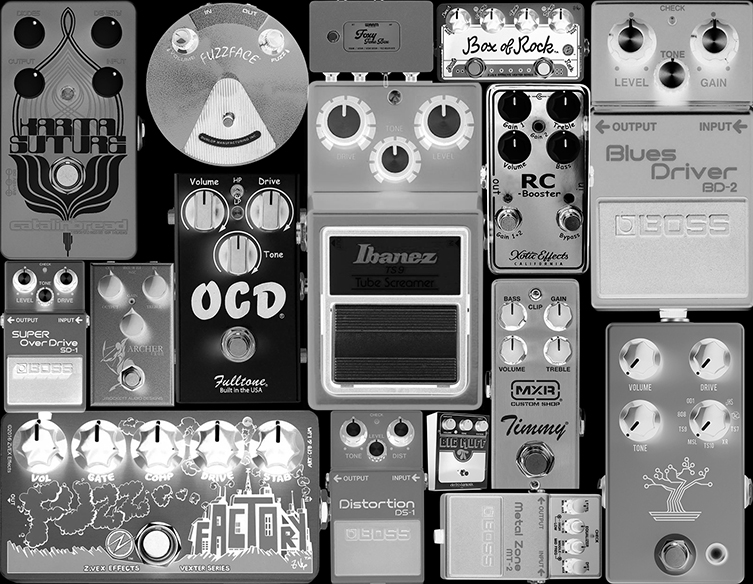
Only 6 types of Overdrive?
Well, yes, kind of! From a clean boost to a brutal fuzz, we reckon there are 6 main ways to achieve your intended drive sound. After that, it's really variations according to taste.
We’ll explain with some examples and a light foray into the hows and whys of how overdrive is created, without getting bogged down in too much tech! We’re going to look at it in terms of things like the parts used and the level of clipping involved in creating the overdrive sound. Okay, before we go further, let’s back up a little. We need to explain this, so first off, let’s talk about what distortion, or overdrive, actually is.
What is Distortion?
Distortion is volume. More specifically, it is volume fed into the preamp part of your guitar chain (which begins with your guitar and ends with the amplifier) to a high enough degree that it overloads the signal and breaks up. When we talk about clipping, this is what we’re referring to. The power amp section takes this clipped signal, makes it louder, sends it to the speaker and you get your distorted tone.
That’s it in very simple terms, but it’s useful to remember than overdrive is just input gain (gain is volume) turned up higher than the actual input volume level that it’s fed into. Technically, it could be looked at as a failure in the circuit, since it’s negatively reacting to a high load of input gain. Since it invariably sounds amazing, guitarists chose instead to see distortion as a new way of expressing sound.

That overload can come from a number of sources these days, it doesn’t necessarily have to come from a pedal. You may be used to just dialling it in from your amp, which is a method we do take for granted these days. Randall Smith, of Mesa Boogie fame, invented the type of ‘high gain’ circuit that has since allowed guitarists to seriously overload their amps directly from the amp's front control panel. On many of today’s amps, like high gain Marshalls, Friedmans, EVH and Mesa Boogie models, the preamp stage itself (the part that takes your guitar input signal from the guitar cable and introduces that electric signal to the power amp section) has a ton of overdrive available that lets you overload your sound directly. In more vintage amplifiers, though, there is no real way to achieve that overdriven state without a little help from a pedal.
Overdrive and Distortion Pedals
Overdrive pedals and distortion pedals are kind of the same thing. They both use circuits to get that overloaded tone and then send it to the amp, just like an overloaded preamp section of a high-gain amplifier. As a general rule of thumb, ‘overdrive’ refers to less harsh, less extreme changes to the initial sound. We refer to this as ‘soft clipping’ in respect to the less abrasive way the overloading affects the resulting tone. ‘Distortion’, conversely, is the term used to describe the more intense, ‘heavier’ variety of overdrive. ‘Hard clipping’ is how we describe the process that arrives at heavier guitar tones.
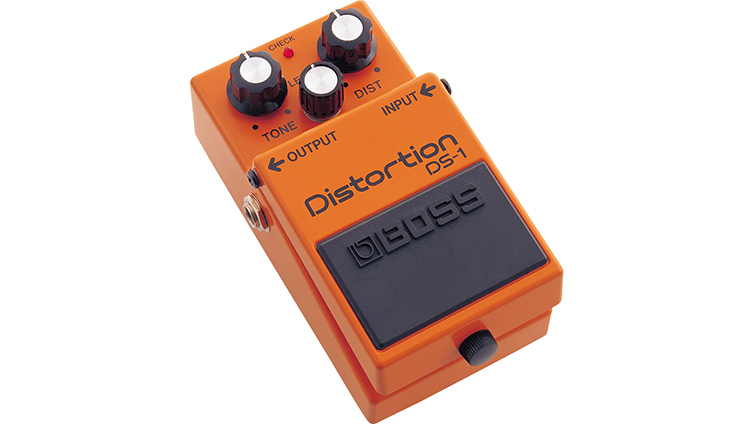
Earlier, we said there were only 6 types of overdrive. We were kind of stretching that, actually. There’s less! We are including Clean Boosts in there too, which we’ll get to in just a moment, but here is our list of 6 overall types:
- Clean Boost
- Soft-clipping overdrive
- Hard-Clipping Overdrive
- Hard-Clipping Centaur-style
- Transistor overdrive
- Fuzz
These are the types, as we’ve determined them to be. They are all most definitely debatable, as some terms apply to more than one style and so on, but we hope these delineations will prove useful and helping you to understand what types of overdrive you like. It’s not a clear business, this categorising of overdrives! Please join us now as we check out each category in turn...

Clean Boost
Now, the inclusion of clean boosts here is already somewhat contentious, since the whole point is for them to not have any gain! We figure that explaining them a little will help make comparisons to other drive pedals more complete, so there you go.
The job of a clean boost is to increase the amount of clean (undistorted) signal that goes into the front of an amplifier. Like an extra stage of amplification, a clean boost will make a clean amp louder, or add gain to an already distorted tone, since it’s giving it more volume. Make sense? This reason is why we’ve included clean boosts here. They don’t add gain in and of themselves, but their addition to a signal can cause gain to happen.

There are certainly other handy ways to make good use of a clean boost (emphasising your clean tones, bringing out the character of your guitar’s pickups...) but they don’t involve the subject of distortion so let’s head back that way!
Another way to get drive from a clean boost is to boost the clean sound to such a degree that it causes the resulting signal to hit the power amp stage of your amplifier with a distorted signal. Do this basically by maxing the boost’s level and then playing your guitar hard. Employing a compressor pedal in front of the boost will increase this effect even more. This will cause a relatively specific type of drive, and is worth investigating!
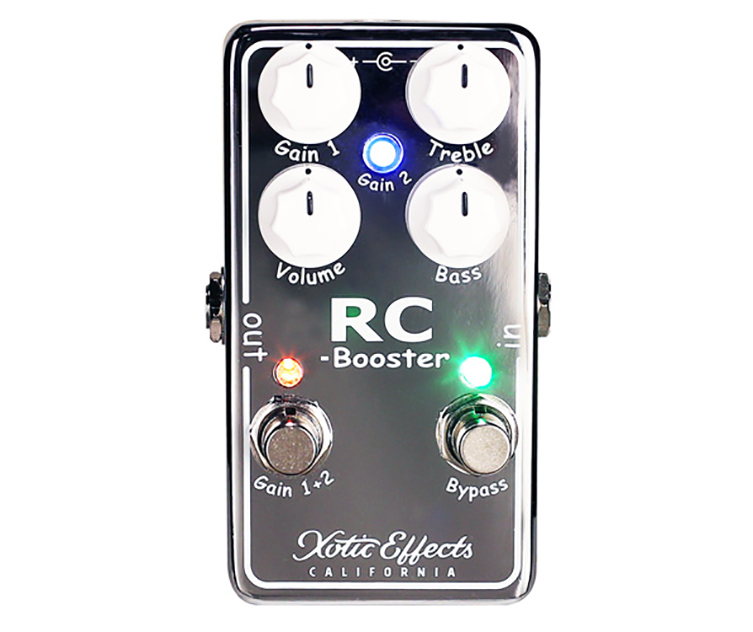
Loads of companies make great boost pedals, so here are a few recommendations to start you off: the Suhr Koko Boost Reloaded and the Xotic RC Booster V2.
Soft Clipping Overdrive
For soft clipping overdrives, the easiest shortcut is to say ‘Tubescreamer’. We all know how these sound, and that sound is a soft, symmetrical clip. What does that mean? Well, the important (for this subject at least) part of any overdrive pedal is the op-amp. This is short for Operational amplifier, and it’s also called a ‘chip’. The op-amp is a little amplifier: it amplifies the signal and can be made from a range of materials, like Germanium and Silicon. Inside the chip you’ll find things called diodes, and they affect how the overall signal clips and therefore sounds. Without going much deeper, the circuit has these diodes working in the same ‘direction’, so the clipping is less severe and perhaps ‘rounder’ in tone.
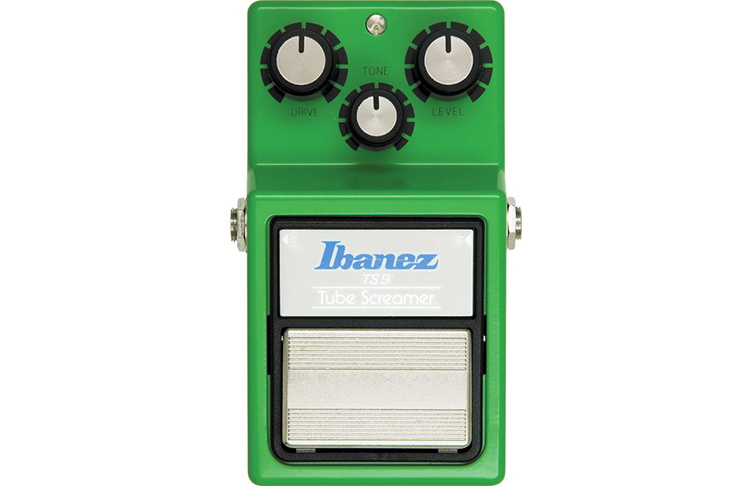
With something like a Tubescreamer, there are even pairs of these diodes, so the sound is softer and more pleasant, for want of a more appropriate expression. Tubescreamers, significantly, are not what we’d consider to be ‘transparent’ overdrives, in that their characteristic midrange hump fundamentally changes the resulting timbre of your sound. This added midrange is a big part of the reason why Tubescreamers are eternally useful pedals, though: those frequencies really help your guitar stand out in a mix!
As you’ve gathered, the Ibanez Tubescreamer (both TS9 and TS808 variations) is the pre-eminent example of soft-clipping, symmetrical overdrive. In addition to the Ibanez originals, we also love the JHS Bonsai for its range of options (included modded versions!) and the MXR Timmy for its beautifully transparent sound.
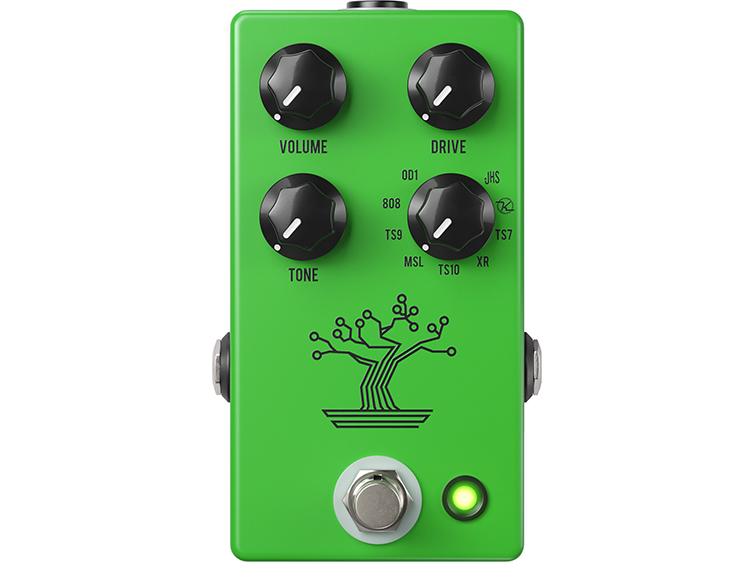
Soft-clipping drives can also be asymmetrical though, and the BOSS SD-1 Super Overdrive is a great example of that, as is its predecessor, the famous OD-1 Overdrive. Clipping asymmetrically occurs when an odd set of diodes are used instead of an even amount. You get a different tone and different overtones with asymmetrical clipping.
Hard-Clipping Overdrive
Hard-clipping is what we mean by ‘Distortion’ in comparison to soft-clipping’s ‘Overdrive’. This is the BOSS DS-1 compared to the SD-1, basically. Harder clipping has the diodes working in opposite directions, which cuts away the more obvious ‘transients’ or peaks in the signal, causing a more compressed, more intense distortion. Yay! Great examples of this type of effect are the ProCo Rat, the Suhr Riot, MXR Distortion + and the Fulltone OCD.

We’re talking strong levels of drive, right up to high gain distortion, which can be thought of as a severely clipped signal. Hard-clipping distortion is the most dramatic form of overdrive, and it technically could include fuzz pedals, but we’re categorizing them separately for ease of understanding. Hopefully. Hard-clipping is for the real Rock and Metal tones, where you want the dynamics to be reduced in favour of compression and sustain, which are both natural by-products of the type of clipping going on here.
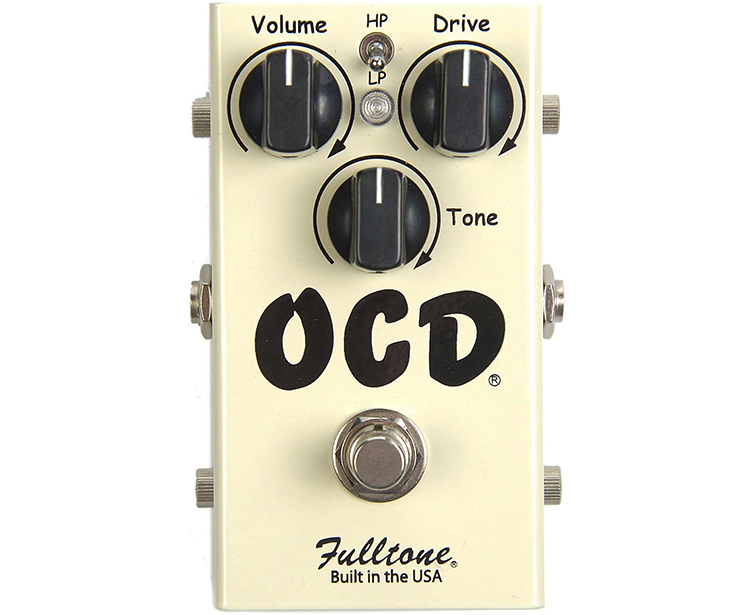
Klon Centaur: The Mythology & The Klones
Why are we giving a single pedal its own category? Especially when it’s a relatively normal (if admittedly excellent) overdrive sound? Well, because the Centaur has an unusual way of working, which somewhat goes against what we’ve explained so far, and because it is so sought after, there is a whole industry committed to providing us with what’s known as ‘Klones’, that’s why! The Centaur has been a big deal to guitarists for over 25 years now, and it’s worth acknowledging the simple truth that you can quite easily get a fantastic Centaur-like pedal without re-mortgaging your home in order to afford a 90s-era original Centaur.
For those who maybe haven’t been caught up in the Klon hype, the Centaur is a now-discontinued (nothing like scarcity to drive up second-hand prices!) overdrive effect and nothing more. It’s just an overdrive pedal. Well...It’s just an overdrive pedal, but it sounds superb and seems to work wonders with all guitars and amps! The Klon Centaur has a dynamic, relatively light overdrive tone, but it’s actually a hard-clipping circuit! As we said, there’s some unusual methods at work here! Another one is the blending of the pedal’s gain with your guitar’s unaffected clean tone (after kind of splitting the signal...), which is then affected and controlled by increasing the gain knob. In other words, it uses unorthodox methods to achieve its high-quality but pretty straightforward results. It’s ‘normal’ sounding, but everyone will notice how great you sound. Works for us!

There is definitely a mythology surrounding the Klon Centaur, and it’s fun but not really necessary. Plenty of companies have now nailed the Centaur sound, and their products are available at far more fair and reasonable prices. We’d recommend the Archer by J.Rockett Audio, the Tumnus by Wampler and the Soul Food by Electro Harmonix. All of these sound super-similar to the fabled Centaur, and the prices start from under £100!
It’s worth adding that great sounds can be achieved by tone-stacking different overdrive pedals. That is, layering more than one drive effect together in your effect chain. Typically, a good stack lets the strengths of one effect add to the weaknesses of another, resulting in overall great tone. The Centaur is great for this, but so are tons of more easily accessible pedals, too.
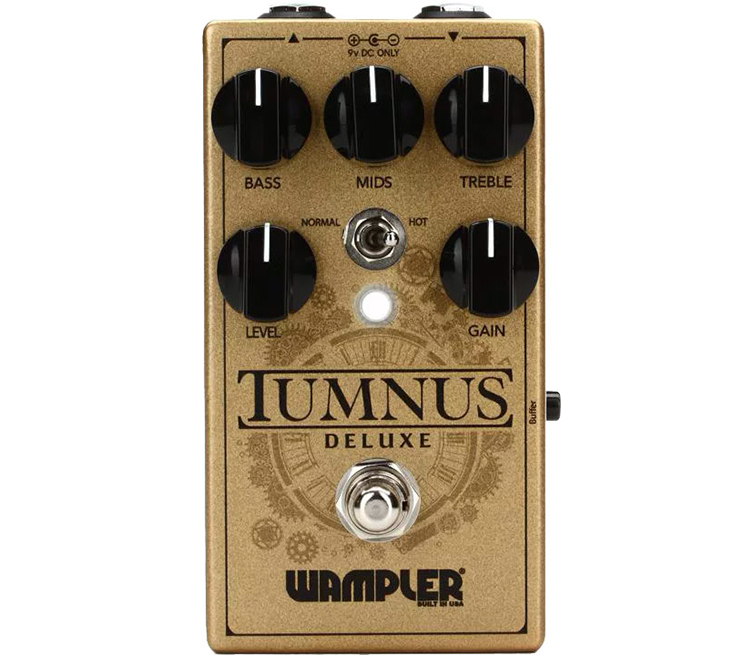
One example of tone stacking would be to use a Tubescreamer-type pedal, which has a natural ‘hump’ in its midrange, along with a pedal like the Electro Harmonix Big muff, which has tons of rich gain but misses out certain mid frequencies and tends to disappear somewhat in band situations. With the Tubescreamer’s gain set to pretty much zero, you can use the pedal’s inbuilt EQ characteristic to bring out the mids in the Big Muff, and the end result is triumphant tone!
Transistor-based Overdrives
This style of pedal, like the Centaur, may sound just like an overdrive, but it achieves its aims in a different way. On transistor-based pedals – and here we are thinking of the quite superb and madly underrated Boss BD-2 Blues Driver – there is no op-amp section to amplify the signal into overdrive. Instead, a set of transistors work in series, cascading into each other, just like gain stages on those Randall Smith designed amps we described at the beginning. This means that the gain is created in the same manner as a quality tube amp being turned up. Cool!
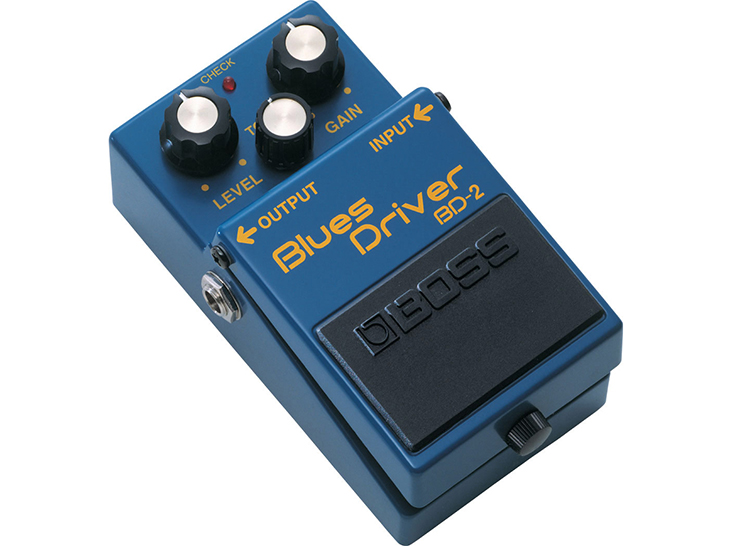
Another term for the likes of the BD-2 could be ‘hybrid’ since it uses both soft and hard clipping (both symmetrical) to give you a wide range of smooth drive tones. Did you ever wonder just why your trusty BD-2 keeps on giving up the tonal goods, night after night? This fact goes some way to explain it! Lots of ‘amp-in-a-box’ pedals such as the ZVEX Box of Rock and the Wampler Sovereign use this multiple gain stage idea to achieve phenomenal results.

Fuzz Pedals
So, we come to fuzz pedals. Everyone loves the wild, anarchic madness that a great fuzz effect can add to your sound. How fuzz pedals do this, however, varies widely. Fuzzes can make use of transistors (made from Germanium, silicon or other materials) or op-amps, or indeed a hybrid of both technologies, to achieve their sound. They are most certainly hard-clipping in nature, but some fuzz circuits can, like the Klon Centaur’s circuit, allow for a wide dynamic range that travels from almost clean to diabolically aggressive. With fuzz pedals, anything goes, and that’s why we wanted to give them their own section.
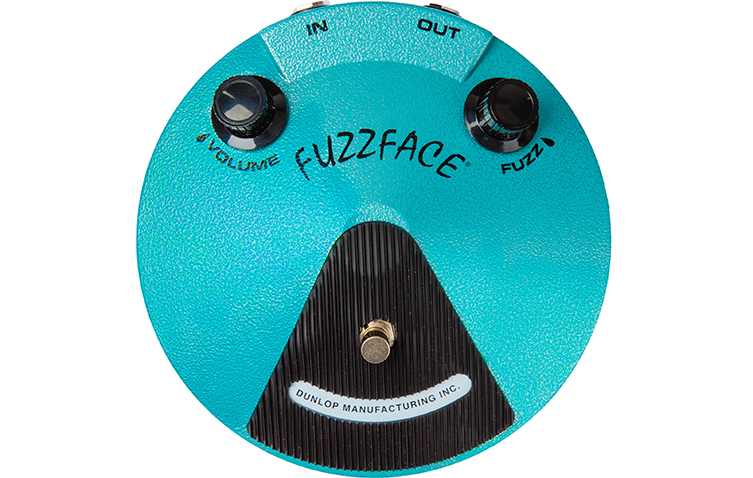
As with many distortion pedals out there, a good deal of fuzz pedals are based on a few old classics, each with their own signature sound. The Dallas Arbiter Fuzz Face is easily the most famous, thanks to a certain James Marshall Hendrix. The Fuzz Face got its name from the unusual control layout that resembled a grinning face. The Fuzz Face’s thick, harmonically saturated sound was full of sustain and gave guitarists in the 60s the expression they couldn’t get from amps alone.
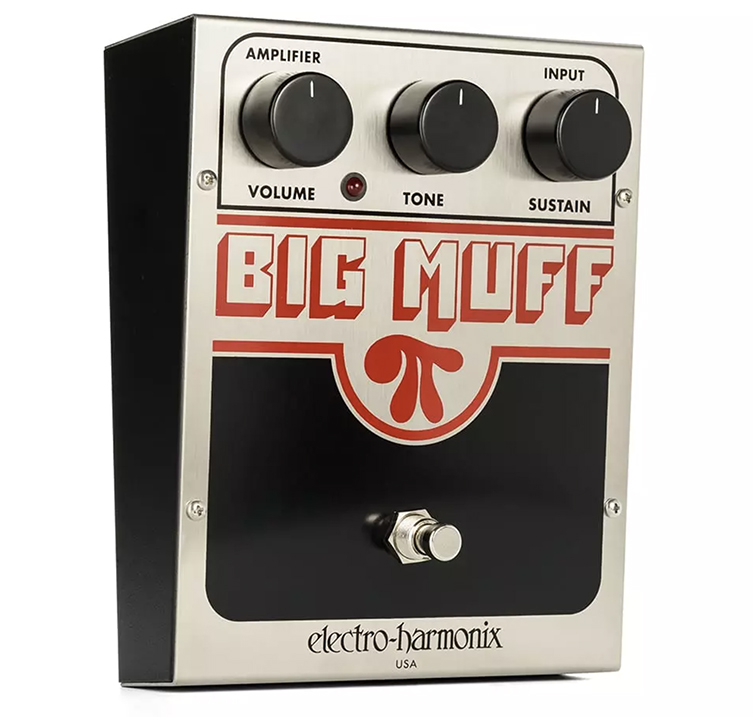
Electro Harmonix weren’t far behind with their saucily named Big Muff Pi, which has gone on to become indispensable for both grunge rockers and prog fans (Billy Corgan and David Gilmour have employed slightly different Muff models to wildly different effect) and remains in production to this day. There’s more! The Foxx Tone Machine, for example, was a fantastic 70s fuzz tone that added a gnarly upper octave overtone to certain notes (this pedal survives today as the Warm Audio Foxy Tone, complete with orange flocking!) which was reminiscent of how Hendrix stacked his Fuzz Face and Octavia. Dunlop make these Hendrix-associated pedals today, and their reissues are very impressive.
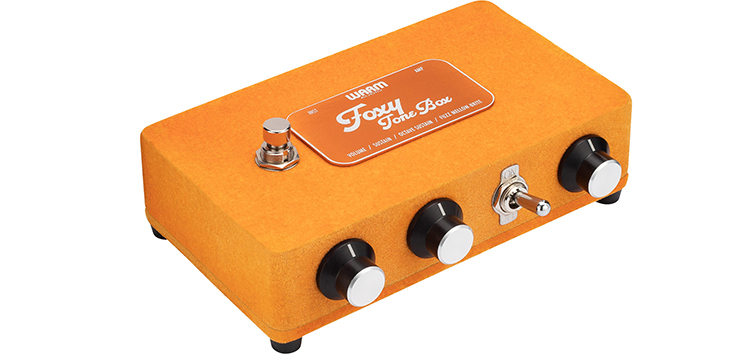
The other most famous fuzz pedal was the Tone Bender, which actually was made under a wide range of brand names back in the 60s such as Macari, Sola and Vox. It’s one of the most characteristic and expressive fuzz-tones and is greatly copied, though it itself was a copy of the Gibson Maestro fuzz! It seems that pedal cloning was around from the very beginning.
Indeed, as we mentioned, you’ll find that a great many of the fuzzes available today are ‘tributes’ to these core designs. One that most certainly isn’t is the Z-Vex Fuzz Factory, which is a modern classic without a doubt. Look no further than Muse’s Matt Bellamy for a very visible practitioner of the Fuzz Factory’s less ‘stable’ sounds.
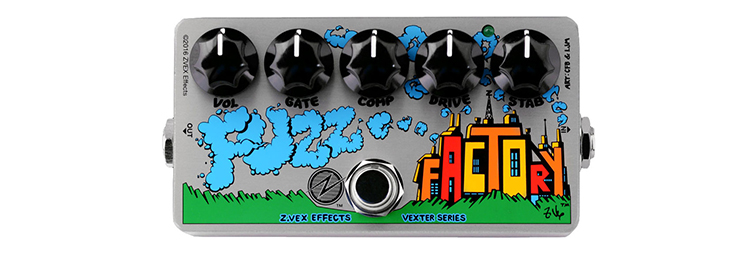
Lots of pedal aficionados will exclaim that only germanium transistors will give you the ultimate tone, since that’s what old Tone Benders had in them and that’s what everybody during the British Invasion used. We’d say it’s a matter of opinion, certainly when we recognise that some on our long-time favourite fuzz pedals like the Catalinbread Karma Suture and the Earthquaker Devices Hoof Reaper make great use of silicon transistors.
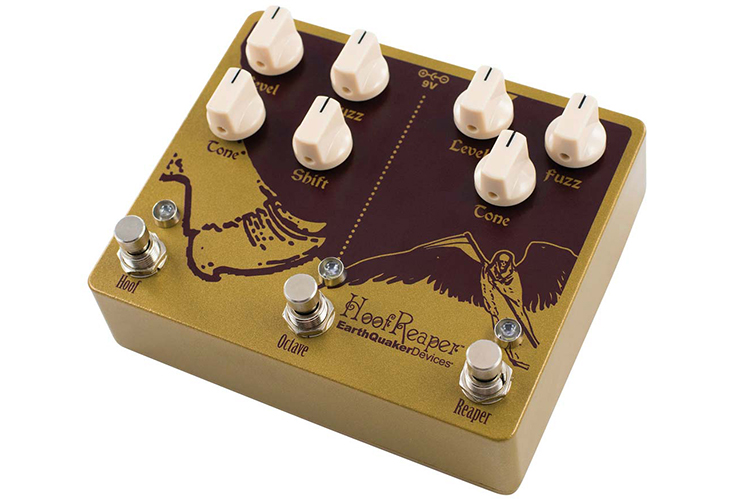
The almighty EHX Big Muff is a silicon fuzz, and nobody can say that doesn’t sound great!
Small point to highlight before we tie things up: a germanium transistor is not the same thing as having germanium diodes in your pedal’s op-amp. They won’t do the same thing at all, so try not to be tripped up by the similar language! In any case, as we say, having the word ‘germanium’ in a pedal’s spec list isn’t any guarantee of superiority, or even of quality. These are just components, and components are just different, not better or worse. It’s all about how they are applied within a design, and all of the highlighted pedals today are ones that we feel are exceptional, no matter what type of circuits are inside them.
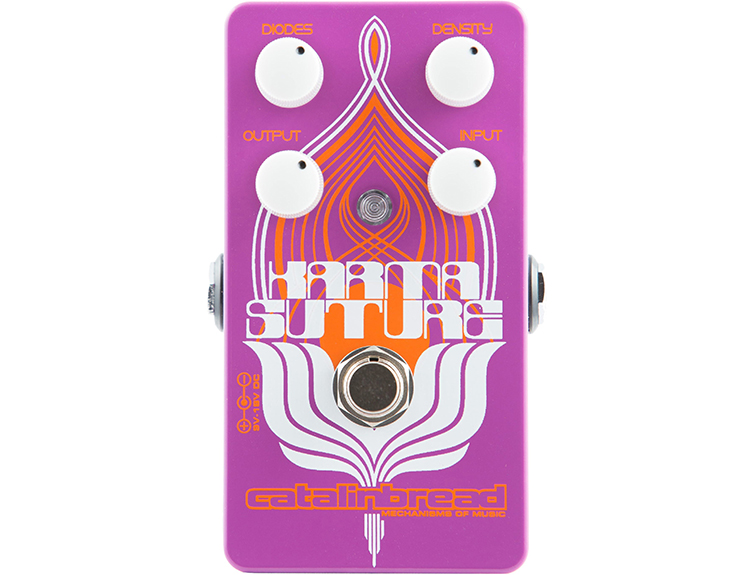
It’s All Just a Racket
Despite going into a little bit of technical depth in differentiating what’s under the hood of these pedals, we hope to also have instilled an attitude that it doesn’t really matter how the pedal has been designed if you like what it does! With the best will in the world, lots of people - players and makers alike - say a lot of things about overdrive pedals, and a lot of it is...subjective, let’s say! We like to hold the opinion that the most expensive boutique hand-made drive pedal is no ‘better’ than an affordable, factory made (analog or digital) pedal unless you, the player, reach that conclusion yourself. We’d gig with BOSS pedals and Wampler pedals, Landlord FX and Earthquaker Devices pedals - all on the same board - if we felt it worked for us.
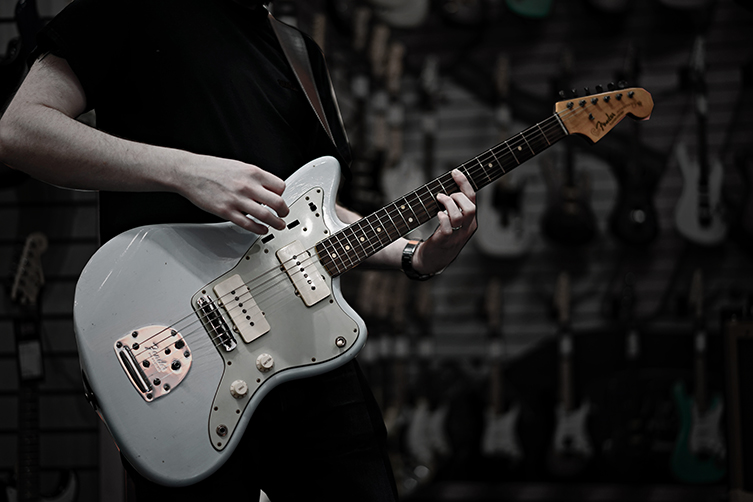
We hope you feel the same way too, and we also hope that our guide today has at least helped make sense of the endless overdrive pedals that exist in the world today. Most of them do very similar jobs, it’s true, but that just means that great tone is easily within reach, and that you probably still have lots of cool options: you just know what they roughly are now!
Thanks for reading. Remember, we are all pedal-obsessed guitarists here, so contact us if you need help or advice. We think our pedal collection is full of great potential for your music, and we want to help you achieve the best results you possibly can, so talk to us! And enjoy playing with overdrive and distortion, it’s one of life’s great pleasures!
Click to View our Full Selection of Overdrive and Distortion Pedals
Ray McClelland



